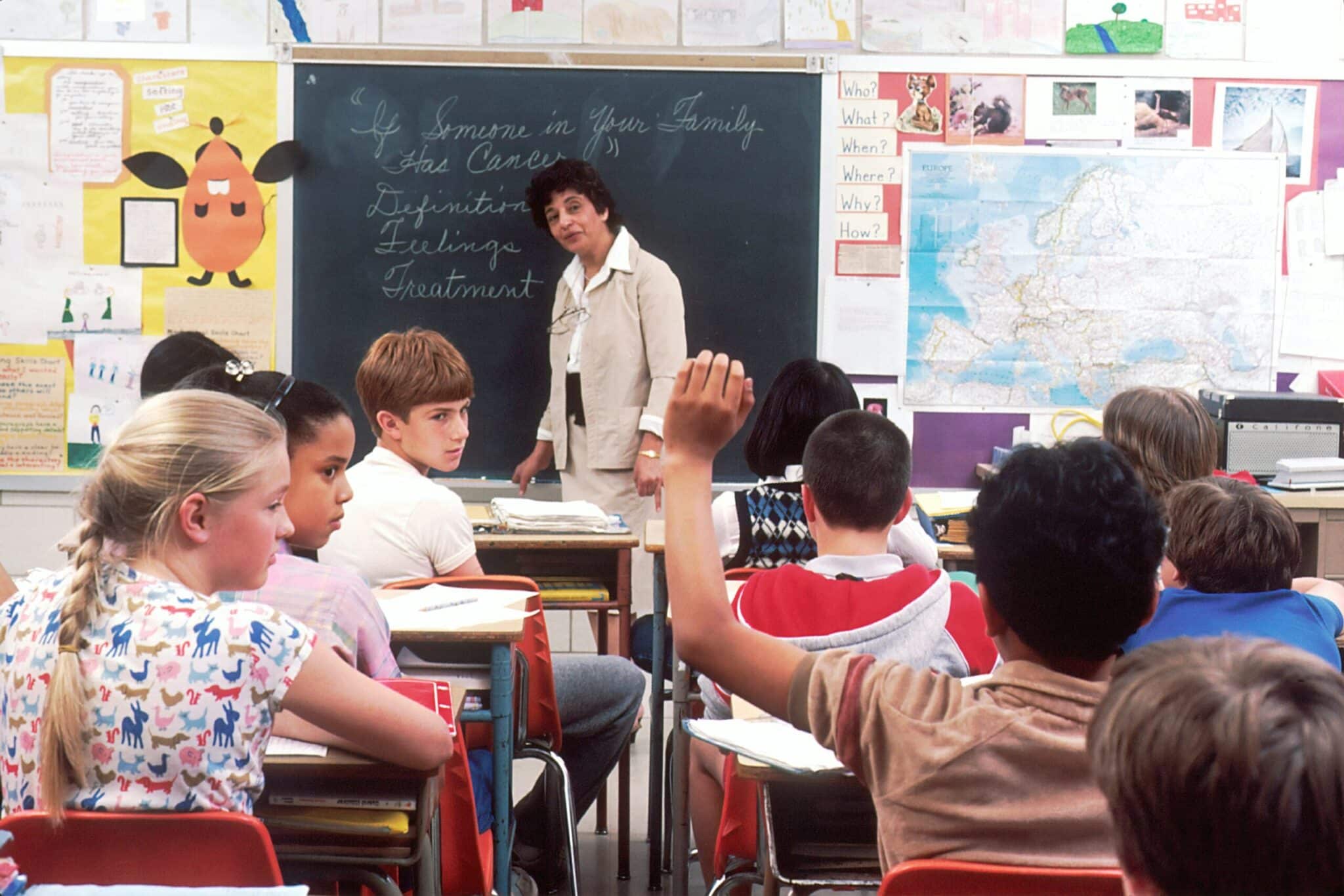Introduction to Learning Styles

The term “learning styles” refers to the idea that individuals have preferred ways of receiving and processing information. This concept suggests that people can be categorized into distinct groups based on their preferred modalities, such as visual, auditory, or kinesthetic learners. Proponents of learning styles assert that by identifying a student’s preferred method of learning, educators can tailor their teaching strategies to improve educational outcomes. The prevalence of this approach in educational contexts has led to its integration into various curricula, claiming that personalized learning experiences enhance engagement and retention of knowledge.
Despite its widespread acceptance, the scientific validity of learning styles has come under scrutiny. Various studies and reviews have questioned the efficacy of teaching methods based solely on these identified styles. Critics argue that the categorization oversimplifies the learning process and neglects the complexities of how people acquire knowledge. Furthermore, research has often indicated that teaching to a student’s preferred learning style does not necessarily improve comprehension or academic performance. Such evidence has raised important questions regarding the underlying assumptions of learning styles as a framework for educational practice.
The History of Learning Styles

The concept of learning styles has garnered significant attention over the years, evolving into a prominent subject within educational psychology. The origins of learning styles theory can be traced back to the 1970s, when researchers began to explore the varying ways individuals absorb, process, and retain information. Among the notable early contributors was Howard Gardner, whose theory of multiple intelligences, proposed in 1983, revolutionized the understanding of cognitive diversity. Gardner identified eight different types of intelligence, including language skills, math skills, and social skills, highlighting that people have unique strengths that go beyond just school grades.
The VARK model, developed by Neil Fleming in the late 1980s, further expanded on the learning styles concept by categorizing learners into four primary types: visual, auditory, read/write, and kinesthetic. This model gained popularity in educational environments as it provided a structured framework through which educators could tailor their instruction to accommodate myriad learner preferences. The inherent appeal of these models lies in their promise to enhance educational outcomes by aligning teaching methods with individual learning preferences.
Common Learning Style Models

Among the most frequently referenced frameworks in the realm of educational psychology are the Visual, Auditory, and Kinesthetic (VAK) models. These classifications serve to illustrate the various ways individuals prefer to acquire and process information. Each category is designed to highlight the unique learning preferences that many students exhibit, allowing educators to tailor their teaching strategies accordingly.
The visual learning style suggests that individuals who favor visual input retain information best when it is presented in visual formats. This type of presentation may include charts, diagrams, illustrations, and other graphical representations that help reinforce concepts and enhance understanding. For visual learners, the act of seeing information can create a more profound retention than merely hearing or reading about it.
Conversely, auditory learners thrive on sound. They prefer to absorb information through listening, which includes lectures, discussions, and audio presentations. These learners often find it easier to remember information when it has been communicated verbally, suggesting that their cognitive processing is significantly linked to auditory stimuli. Teachers engaging auditory learners might utilize group discussions and oral storytelling to facilitate learning.
The kinesthetic learning style, on the other hand, highlights a preference for tactile experiences. Kinesthetic learners benefit from hands-on activities and physical engagement with learning materials. This approach may involve conducting experiments, role-playing, or manipulating objects, showcasing a strong association between physical involvement and cognitive retention.
An extension of the VAK model is the VARK model, which expands upon the original three styles by introducing a fourth category: reading/writing. This classification recognizes that some learners excel when interacting with text-based materials, such as reading articles or writing notes. The addition of this category acknowledges the diverse spectrum of learning preferences that exist among individuals.
Overall, these models provide valuable insights into learning styles, highlighting the need for varied instructional strategies to cater to the diverse ways individuals process information.
Research Findings on Learning Styles

The concept of learning styles has generated considerable debate within the field of education. Numerous studies have sought to explore the validity of learning styles, yielding findings that both support and contradict the effectiveness of tailoring teaching strategies to individual learning preferences. A significant body of research, including meta-analyses, has systematically examined whether aligning instructional methods with learning styles enhances learning outcomes. Many scholars argue that there is little empirical evidence to substantiate the claims supporting learning styles, suggesting that the practice may not be as impactful as once believed.
For instance, a comprehensive review by Pashler et al. (2008) concluded that there is scant scientific support for the idea that instruction should be matched to individual learning styles. Their analysis indicated that while learners may have preferences, these do not predict academic performance. Conversely, some studies have reported mixed results, showing that when instructional methods are designed to accommodate different learning styles, certain learners may indeed perform better. However, many researchers emphasize that these findings are often context-specific and can vary significantly based on subject matter and other factors.
Additionally, the Automatic Learning Strategies Theory posits that cognitive processing styles, rather than fixed learning preferences, could be more relevant to instructional design. This theory suggests that flexibility in teaching methods may cater more effectively to learners’ needs, as individuals can benefit from diverse approaches regardless of their designated learning styles. Innovations in instructional design therefore encourage educators to focus on utilizing a range of teaching methodologies rather than strictly adhering to the learning styles model.
In light of these discrepancies in the research, it becomes evident that the learning styles theory requires further scrutiny. We encourage educators to stay updated with evolving research and explore diverse pedagogical techniques that aim to enhance educational experiences for all learners.
Neuroscience Perspectives

The intersection of neuroscience and education has garnered significant attention recently, particularly regarding the efficacy of personalized learning experiences aligned with purported learning styles. Neuroscience research explores how the brain functions and processes information, prompting educators and stakeholders to contemplate how this knowledge might inform teaching methodologies. However, while traditional learning styles categorize learners into groups like visual, auditory, and kinesthetic, the science behind these categories seems less dependable when looked at from a neuroscience perspective.
Studies in neuroscience indicate that the brain exhibits a remarkable degree of plasticity, allowing for adaptation in learning processes. This adaptability implies that a variety of instructional methods can benefit individuals, blurring the boundaries of fixed learning styles. Instead of rigid classifications, research implies that personalized learning experiences may be more effective when they cater to a range of stimuli rather than adhering strictly to a particular category. For instance, while some learners may find visual aids useful, others might thrive with auditory explanations, indicating that a multi-modal approach can benefit all students.
Moreover, neuroscience has revealed the importance of engagement and motivation in the learning process. Neuroimaging studies have demonstrated that emotional engagement can enhance memory retention and cognitive processing. Therefore, rather than focusing solely on fitting learners into predefined styles, it may be more beneficial to create an enriching educational environment that actively engages students across multiple sensory modalities, fostering a more profound understanding of the material. This perspective aligns with the evolving view that effective education should emphasize adaptable teaching strategies over strictly defined learning style categorizations.
In conclusion, the current neuroscientific evidence does not robustly support the existence of fixed learning styles as a guiding framework for effective education. Instead, it emphasizes the need for diverse and flexible instructional approaches that cater to the dynamic nature of the learning process.
Educational Implications of Learning Styles

The adoption of learning styles within educational practices carries significant implications for instructional methodologies and student engagement. The concept of learning styles suggests that individuals possess varying preferences in how they receive and process information, which can influence their learning outcomes. Educators may tailor their teaching strategies to accommodate these preferences, aiming to create a more effective learning environment. For instance, a teacher might employ auditory methods for students who are identified as auditory learners, while visual aids are used for those who prefer visual learning. This personalized approach intends to enhance student performance and engagement.
However, the reliance on learning styles as a foundation for instructional design raises critical questions regarding its efficacy. Research has increasingly suggested that the effectiveness of teaching methods is more closely tied to the content and context of the lesson rather than an individual’s learning style. Thus, educators who exclusively rely on learning preferences may inadvertently neglect the importance of employing a diverse array of instructional strategies that cater to all students. Such an oversight could result in a diminished overall learning experience, as students may miss out on essential skills developed through varied teaching approaches.
Moreover, emphasizing learning styles may lead to fixed mindset beliefs among both educators and learners. Categorizing students into distinct learning style groups may constrict them, leading them to believe that their ability to learn effectively is limited. This perception potentially inhibits their willingness to engage with instructional methods outside of their preferred style, subsequently impacting their educational outcomes. Therefore, while recognizing individual differences in learning is vital, it is equally important for educators to maintain flexible, evidence-based approaches that cultivate adaptability and resilience in all students.
Alternatives to Learning Styles

The debate surrounding learning styles has prompted educators to explore alternative perspectives on how individuals acquire knowledge. One prominent framework is differentiated instruction, which emphasizes tailoring teaching methods to accommodate the varying readiness levels, interests, and learning profiles of students. This approach recognizes that learners differ not only in their preferred modes of learning but also in their backgrounds and experiences, leading to a more inclusive and adaptable classroom environment.
In differentiated instruction, teachers employ various strategies to present content, engage students, and assess learning outcomes. For instance, rather than solely relying on visual aids or lectures, educators might incorporate hands-on activities, collaborative projects, and technology-based tools to reach a broader range of learners. This flexibility enables students to engage with materials in ways that resonate with their individual preferences while ensuring that all students have access to critical concepts.
Cognitive learning theories, which emphasize the mental processes involved in learning, provide another pertinent perspective. These theories suggest that understanding how the brain processes information can be instrumental in developing effective teaching strategies. For example, the concept of scaffolding—where educators provide support to learners as they build upon prior knowledge—can enhance retention and comprehension. This method emphasizes the importance of creating a learning environment that fosters critical thinking and problem-solving skills across diverse contexts.
Moreover, collaborative learning opportunities can further enrich the educational experience, as students learn from one another and engage in meaningful discussions. Techniques such as peer teaching and group projects encourage interaction and help students develop social and communication skills. By considering these alternative frameworks, educators can create comprehensive strategies that promote effective learning without relying on rigid categorizations based on learning styles.
Expert Opinions on Learning Styles

The debate surrounding learning styles has garnered significant attention within the fields of education and psychology. Many educators, psychologists, and learning scientists express varied opinions regarding the legitimacy and application of learning preferences in instructional design. Some advocate for the concept of learning styles, suggesting that understanding individual preferences can enhance teaching strategies and improve student engagement. Proponents believe that tailoring educational approaches to different learning modalities—visual, auditory, and kinesthetic—can foster better retention and understanding of information.
On the other hand, a growing contingent of experts challenges the validity of the learning styles theory. Research conducted by cognitive scientists points to the lack of empirical evidence supporting the notion that teaching in one’s preferred learning style significantly enhances educational outcomes. For instance, a comprehensive review of numerous studies has concluded that educational interventions based solely on learning styles do not yield improved learning results. Instead, this perspective emphasizes the importance of employing various teaching methods that cater to all students, regardless of their supposed learning preferences.
Many professionals in the field argue for a more integrated approach to learning that focuses on the content and the context in which it is delivered rather than rigid adherence to learning styles. They suggest that instructional practices should evolve to support diverse ways of knowing and understanding, which may not strictly align with traditional categorizations of learning preferences. Furthermore, some educators advocate for the need to cultivate metacognitive skills in students, empowering them to adapt their learning strategies based on the nature of the task rather than relying exclusively on perceived learning styles.
This nuanced perspective emphasizes the complexity of learning and the numerous factors that contribute to educational effectiveness. As the discourse on learning styles continues, it is imperative for stakeholders in education to consider both the existing evidence and the diverse opinions of experts in the field.
Conclusion: The Future of Learning Styles

Throughout the discussion on learning styles, it has become evident that while the concept is widely accepted in educational circles, the evidence supporting distinct learning preferences remains inconclusive. Theoretical frameworks that categorize individuals into various learning styles—such as visual, auditory, and kinesthetic—have been popular among educators and students alike. However, empirical research has largely failed to substantiate the efficacy of tailoring educational methodologies to these so-called learning styles.
The consensus among educational psychologists suggests that the effectiveness of instruction is more dependent on the content being taught and the methods employed rather than the specific learning style of the individual. This argument underscores the importance of adopting a more flexible and integrative approach to education, which can accommodate diverse learners without being strictly tied to the learning style paradigm. Moreover, effective teaching strategies designed to engage all students, irrespective of their presumed preferences, appear to yield more significant learning outcomes.
Looking forward, there are numerous areas ripe for further exploration. Future research could delve into alternative frameworks that consider cognitive processes and environmental factors influencing learning rather than fixed learning styles. Investigating the impact of various instructional designs, technology integration in education, and collaborative learning environments may provide more robust insights into effective teaching practices.
In conclusion, while the notion of learning styles has played a role in shaping educational discussions, the lack of empirical support highlights the necessity for a paradigm shift. Education systems should prioritize research-backed strategies that embrace a holistic understanding of learning, ultimately fostering an inclusive atmosphere that accommodates all learners. This approach will challenge existing myths surrounding learning styles and promote a more nuanced understanding of the complexities of learning and instruction.



Pingback: 7 Learning Styles to Master Effective Study Techniques
Pingback: Study methods for Success: A Brave Student’s Guide